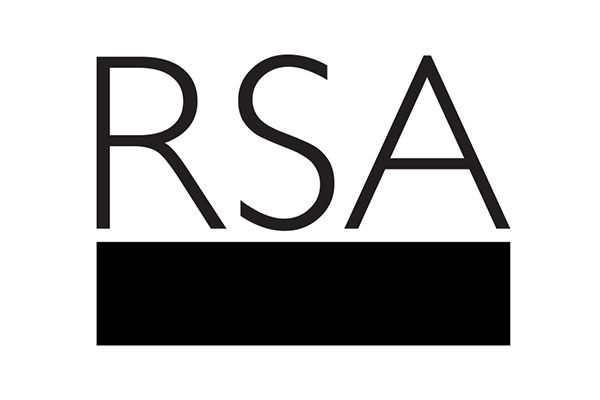As little as a year ago it seemed that in-house design teams, in both the public and private sector, had practically vanished. So had senior civic roles in design: Leeds City Council was often named as the last remaining local authority to employ a Civic Architect. With a handful of notable exceptions – Apple and The Guardian, for example – it seemed to have become conventional for organisations to buy design services in from outside consultancies.
Last month the Design Council reported a 10 percent growth in in-house design teams since 2005, while also, quite suddenly, we are witnessing a growing trend for “embedding” design within the structure of public and private sector organisations. This means that anything from a private telecommunications provider to a local authority housing department, which might previously have subcontracted discrete design tasks, might now have designers on staff. Rather than apply their discipline narrowly to specific issues and projects arising – to corporate publications or product development, for example – these new recruits are usually paid to have a holistic view of the organisation; to apply so-called “design-thinking” to its whole structure and all its functions. In many cases, the designers’ role is described quite elusively as “service design” or as a source of unspecified but strategic problem-solving capability.
While many designers will cheer at this new recognition of their deep strategic value, the dislocation of design from patently designed things – from publications, presentations, products and so on – does make design hard to explain.
Is embedded or holistic service design new, or a new name for something that designers have always done for organisations? Along with embedded anthropology and artists-in-residence it is fashionable, but has the interest in embedding design happened for specific social, political or economic reasons? If it has, what are they? How likely is it to stay with us as the wind changes?
In practical terms, what is the job description for an in-house designer with a holistic brief? How does an organisation intent on embedding design go about recruiting designers? How is the effectiveness of staff designers paid for their holistic view to be measured? How does the design of services, structures and strategy respond to cost-benefit analysis? How is the language barrier between designers and other specialists to be overcome? How are creativity and innovation to be managed within large and often cautious or risk-averse organisations?
RSA Design & Society has organised a small, expert seminar to discuss all of this in a couple of weeks, conceived with the National Policing Improvement Agency as part of their bold investigation into the best strategic uses of design by organisations seeking improvement and innovation.
We've got Lynne Maher from the NHS Institute for Innovation and Improvement on the language issue; Tony Coultas of Skills Development Scotland and Ben Reason of live/work doing point-and-counterpoint on the virtues of in-house teams and external consultancy; Lucy Kimbell from the Said Business School at Oxford drawing analogies with artists-in-residence; and Simon Roberts of Intel and the Ideas Bazaar on embedded anthropology and social science.
Look out for the transcript of what looks to be a fascinating conversation, downloadable from the Design & Society pages of the RSA website at the end of May.
Related articles
-
Developing through social enterprise
Jonathan Schifferes
This is a guest blog by Kate Swade of Shared Assets, reflecting on the Developing Socially Productive Places conference at the RSA, 2nd April 2014.
-
The virtual time machine
Julian Thompson
This time last year our Projects team marked the coming of Christmas by having a whip round and hiring a Blue Badge guide to take us on a wintry, mulled wine-fuelled tour of the area around the RSA building in John Adam Street.

Be the first to write a comment
Comments
Please login to post a comment or reply
Don't have an account? Click here to register.